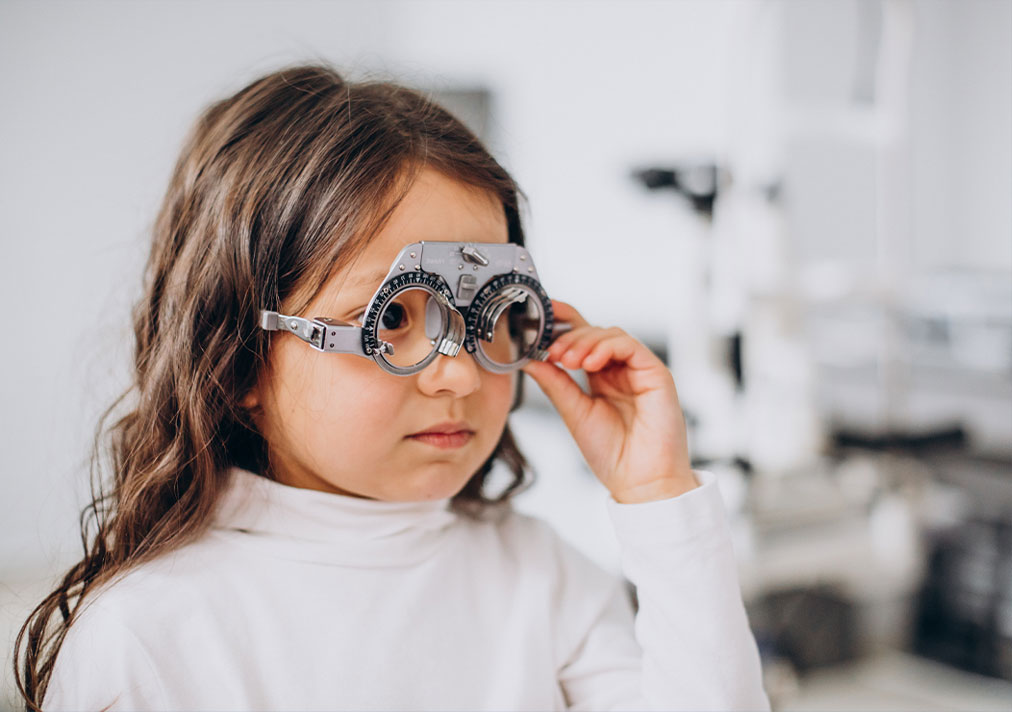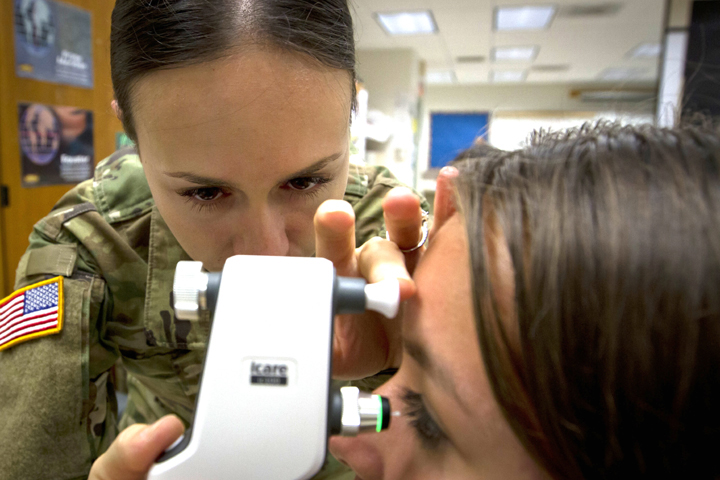What is AMD?
Age-related macular degeneration (AMD or ARMD) is a chronic, age-related, degenerative disease of the macula. The macula is a very small and specialized area in the center of the retina (the inner light-sensitive layer of the eye) that maintains the central vision and allows one to see fine details. So while the entire retina lets you see that there is a book in front of you, the macula lets you see what is written in the book.
Types of AMD
Dry AMD and Wet AMD. Generally speaking, Dry AMD progresses quite slowly and is usually less severe than the wet type. But both types damage the macula and both can take away your central vision
Dry AMD is caused when there is a thinning of macular tissues or by the deposit of a pigment known as macula or the combination of both. It is diagnosed when yellowish spots, known as drusen, can be seen around the macula.
Wet AMD is an advanced stage of the disease. In this, new blood vessels are known to grow beneath the retina and leak blood and fluids. The leakage damages the sensitive cells in retina, resulting in blind spots or loss of vision. The longer these abnormal vessels leak or grow, the more risk you have of losing more of your detailed vision.
The magnitude of the AMD disease
Macular degeneration is one of the leading causes of loss of vision all over the world. Previous Indian data reveals a prevalence rate of AMD ranging from 1.2 % to 4.7 %. The disease mostly affects people aged 40 and above. There are high chances that it can affect older age groups as well i.e. people at the age of 65 and above. The prevalence rate of early AMD ranges from 6.7 to 39.3 % and that of late AMD ranges from 1.2% to 2.5% in various studies.
Risk Factors | AMD
Some of the known and suspected non-modifiable risk factors are:
Age: Risk increases with advancing age; from 8.5% for people 43 to 54 years of age to a high 36.8% for people over 75.
Family history of AMD.
Gender: females are more susceptible.
Race: Light-skinned people are more likely to develop AMD than dark-skinned people.
Blue or light-colored irises: Light-colored eyes allow up to 100 times more light to reach the retina than dark-colored eyes and there is less melanin (pigment) to absorb it.
The modifiable suspected risk factors are :
Smoking
Diet: A diet in low antioxidant vitamins and minerals is a significant risk factor.
Excessive sunlight exposure
High blood pressure
Excessive weight/obesity
Symptoms of AMD
In its earliest stages, people may not be aware they have macular degeneration until they notice slight changes in their vision or until it is detected during an eye exam. The common symptoms are blurred vision, partial loss of vision, spots appearing in their vision, the straight lines of objects appearing wavy or complete loss of vision in some cases.
Diagnosis | AMD
Indirect ophthalmoscopy and/or slit-lamp biomicroscopic evaluation of the retina can provide an initial indication of the disorder. If required, fundus photography can help in documentation of progression and follow-up.
Optical coherence tomography (OCT) scanning is a sophisticated and exact tool that detects the structural changes in the layers of the retina by creating a special picture of the macula.
Fundus fluorescein angiography employs a fluorescein dye being injected into a vein in the patient’s arm. The dye travels to the eyes. Photographs are taken as the dye passes through the retinal blood vessels. Abnormal areas are highlighted by the dye, diagnosing and classifying wet AMD.
Treatment available for AMD
Management of AMD, when indicated, can be in the form of oral supplementation of antioxidants in Dry AMD and in the form of intravitreal injections and /or laser / photodynamic therapy in Wet AMD.
Amsler’s Grid monitoring plays a crucial role in AMD follow-up.
We, at Eye-Q Vision, make comprehensive assessments to make sure your disease does not reach an advanced level. Diseases such as AMD are best treated when detected at an early stage.
Also Read- Ocular Migraine: (आँख माइग्रेन) Symptoms, Causes, Treatment




